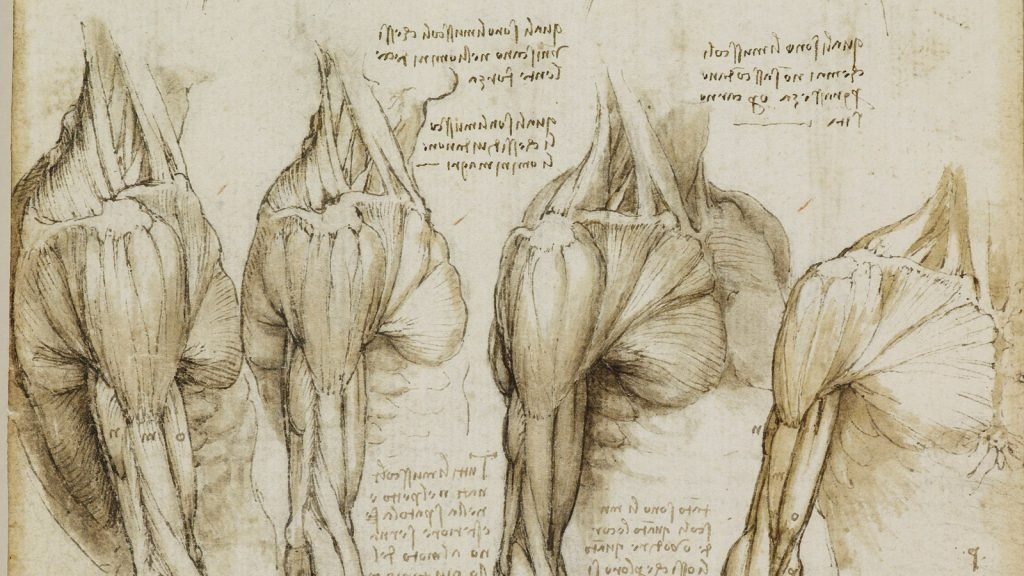
Movement Integration
While the hands-on (structural) work of Rolfing® can be powerful, it alone cannot change your posture or address chronic pain and restriction. Structural work must be coupled with movement to create true change. Movement integration includes:
Appropriate strengthening to correct muscle imbalances
Movement re-education to change faulty coordinative patterns
Challenges to perception to change the way you orient to the space around you
Strengthening
The body functions best when its bony segments are in proper alignment. This is a fundamental idea behind not only Rolfing but also behind physical therapy, osteopathy, chiropractic, and many movement practices like Pilates and yoga. Rolfing begins this process of organizing your skeleton by manipulating the fasciae that hold the bones in position. However, muscles also play an important role in maintaining optimal alignment of bones and joints—for instance, when the muscles of your outer thighs are overdeveloped and your inner thighs are underdeveloped, your hip and/or knee joints will be placed in a suboptimal position. When we are younger, we can often get away with this. Over time, however, this muscle imbalance may cause knee, hip, and even back pain.
The hands-on work of Rolfing cannot, in itself, strengthen a weak muscle, though it can help free restrictions that make it harder for you to engage that muscle. The actual work of strengthening a muscle or a group of muscles, which is essential to achieving the best results from Rolfing, is largely on you! For this reason, Rolfing sessions often incorporate instruction in simple strengthening exercises that emphasize muscle balance, core support, focused attention, and breath.
Movement re-education
Movement re-education is different than strengthening work. In fact, it generally should precede strength work. Here is why: Often, a muscle is weak because your brain is not accustomed to telling your body to activate that muscle in everyday activities. For example, you might habitually sit at your computer with your shoulders slumped. In this position, the muscles of your mid-back are not working to support your shoulders, and over time, you may develop neck pain. Because the neuromuscular pathway that reinforces the slumped position is so dominant (like a well-worn path through the woods), your default position when sitting at the computer is to slump. While there are other options for how to sit (other paths through the woods), you unconsciously slump because this option is the most immediately available to your brain.
One of the goals of Rolfing is to help your brain find other paths through the woods, or healthier options for how to sit at the computer, or walk, or run, or function in your everyday life. For this reason, each Rolfing session typically includes a simple movement exercise that begins to awaken a new neuromuscular pathway. This is called neuromuscular re-education, or movement re-education. Movement re-education is slower than strength work and involves more mental attention. For instance, as you lie on the treatment table, you might be asked to float your arm toward the ceiling as you let your shoulder blades rest into the support of the table. We might do this a few times during the session, perhaps with more support under your shoulder blades to provide a tactile cue. You would then practice this exercise at home until the new movement lesson becomes unconscious. In subsequent sessions, we might take this exercises into seated and standing and then add resistance with a theraband (here begins the strength work) until the new neuromuscular pattern is the default and you can sit at your computer pain free.
It is then up to you to practice this exercise regularly—with focused attention—so the new, healthy option becomes the “well-worn path,” the easier and immediately available option.
Changes to perception
Perception means the way you see the world, literally and figuratively. It means how you use your vision and other senses to understand the world around you. It also refers to the beliefs you have about the world based on your life experiences—including your family upbringing, injuries and traumas, and social, political, and cultural influences. In Rolfing, we believe that your senses and beliefs deeply affect your physical body—your bones, joints, muscles, and fascia—via the nervous system. For this reason, sessions often include simple conceptual exercises that allow you to explore new ways of thinking or seeing. ✦
“Posture is the outcome of movement and the way you see the world.” Mary Bond, Certified Rolf Movement® Instructor
